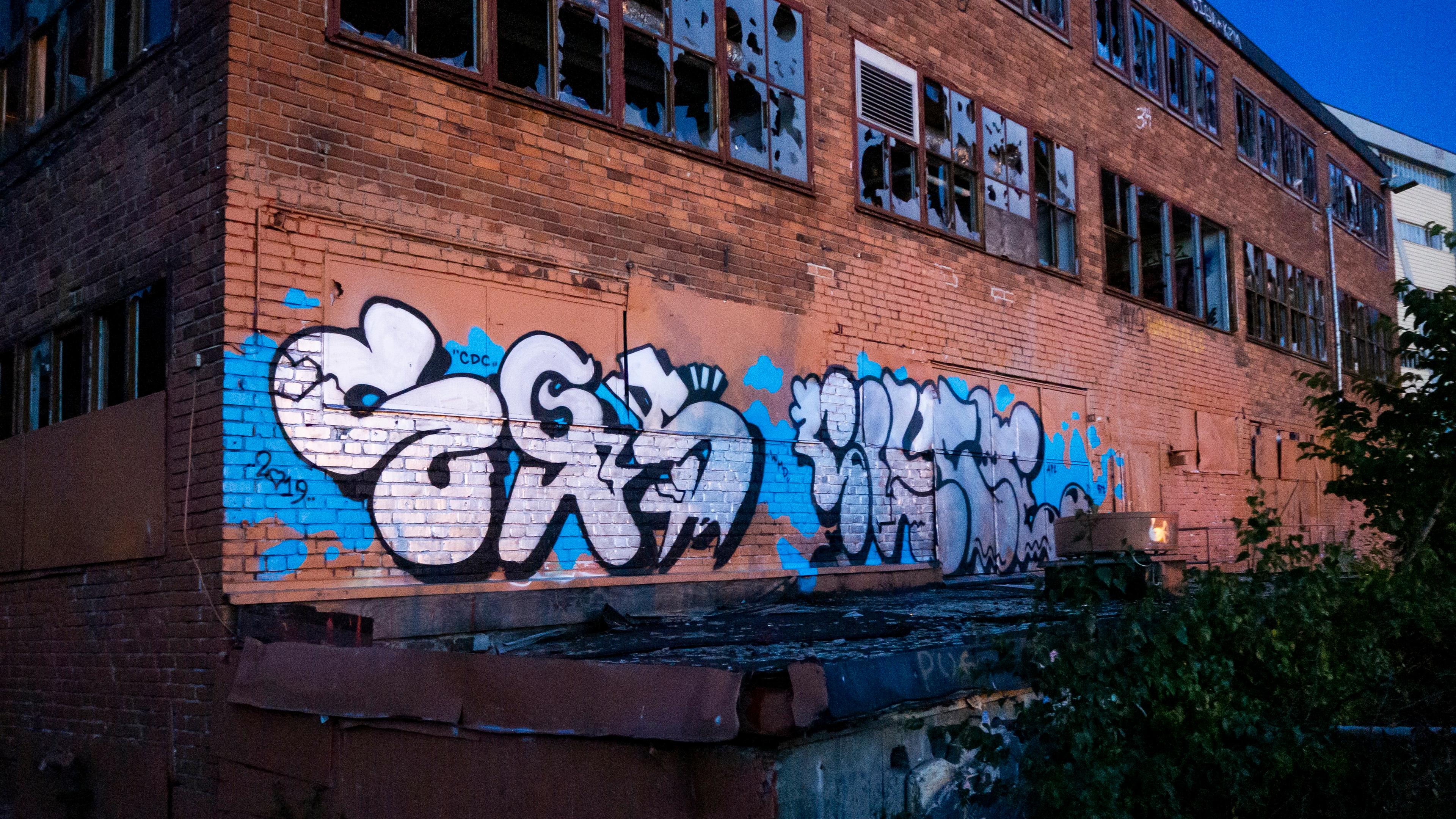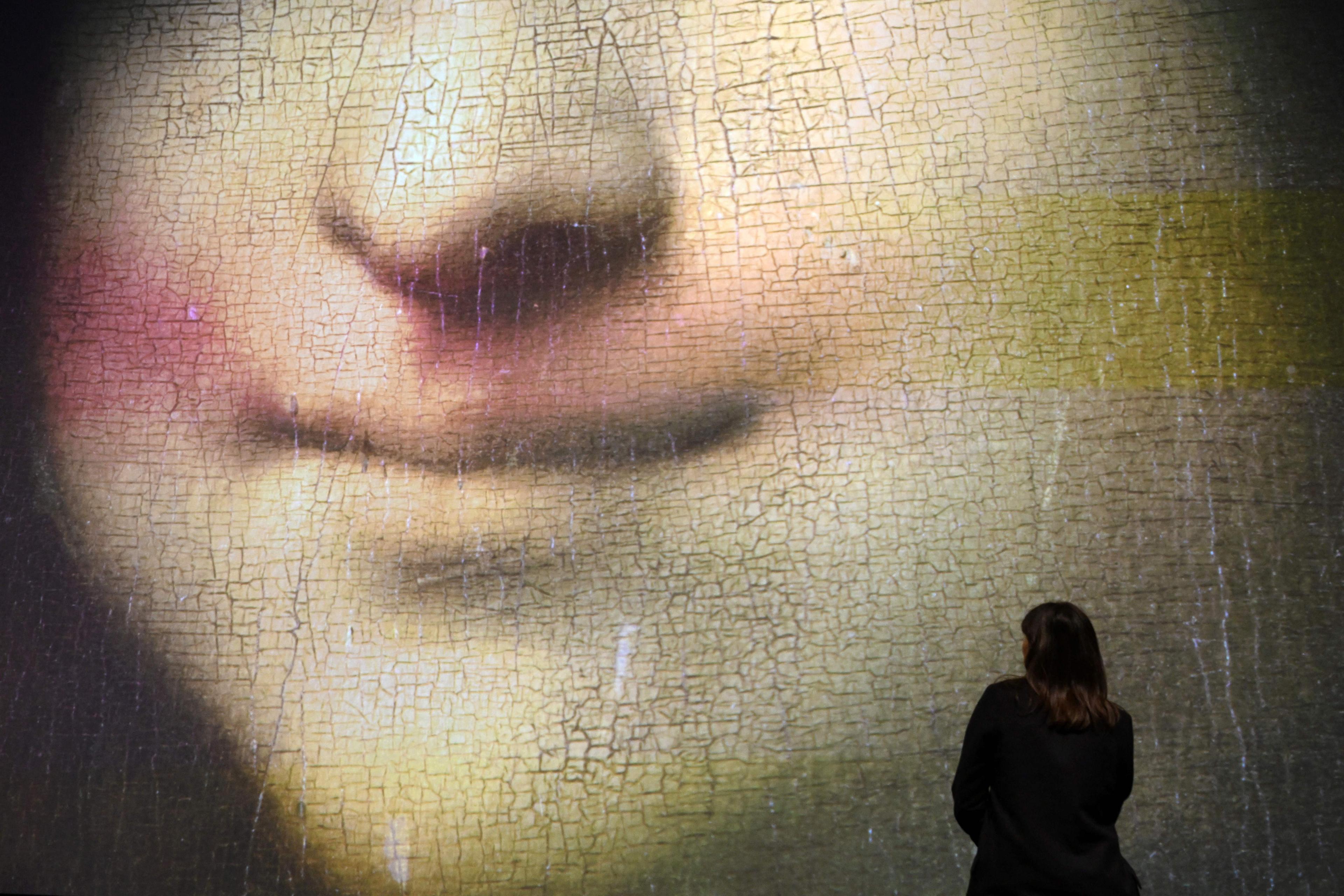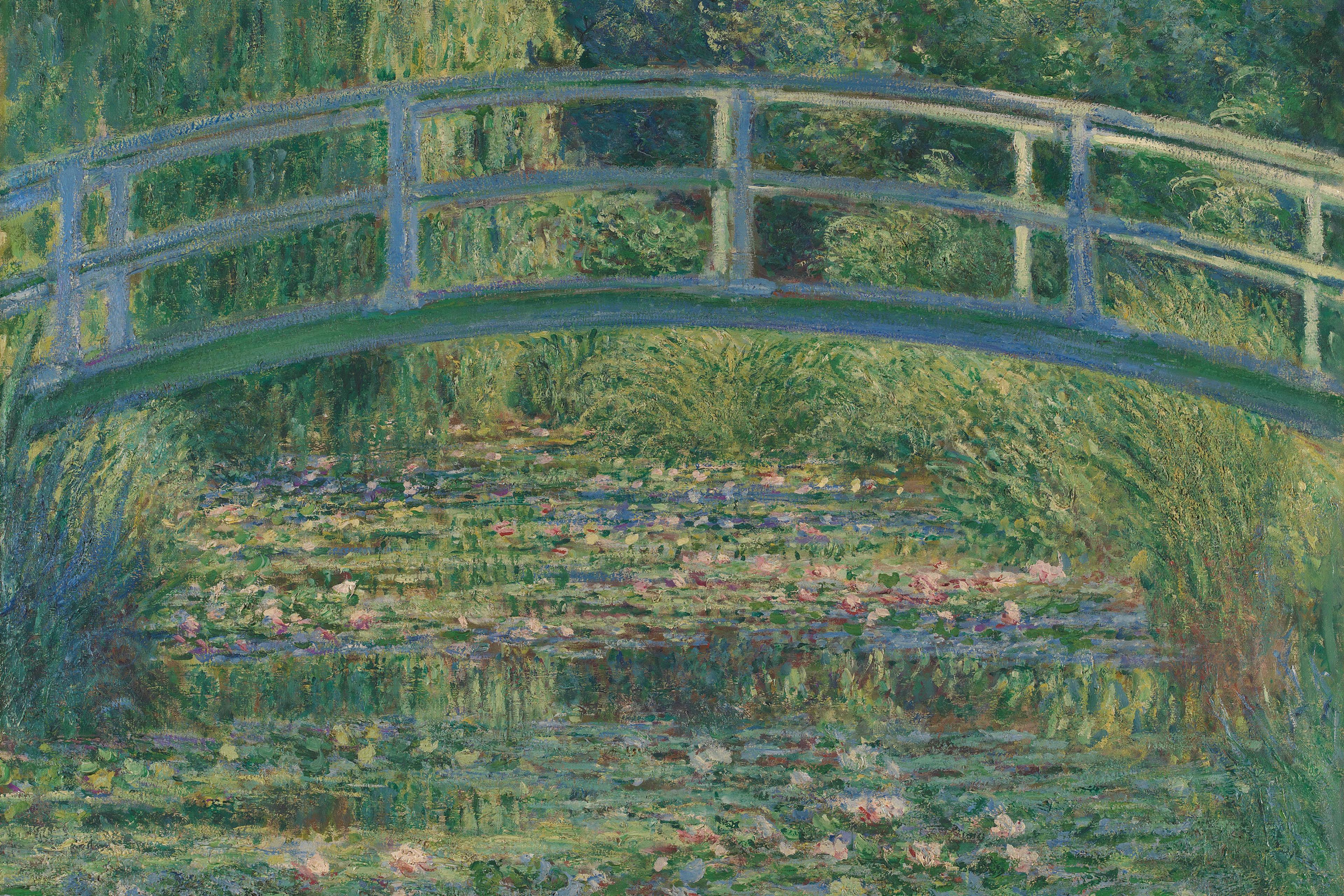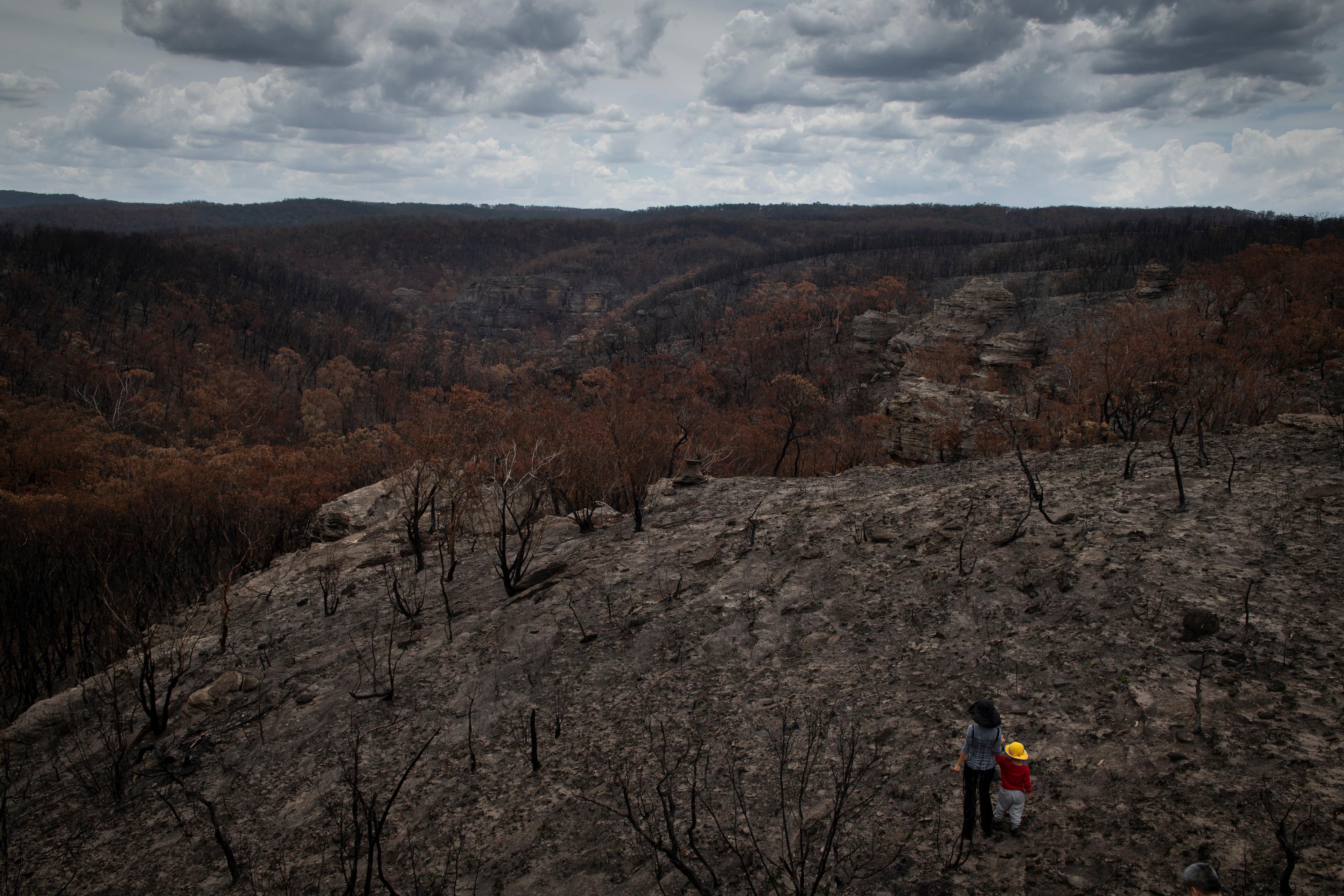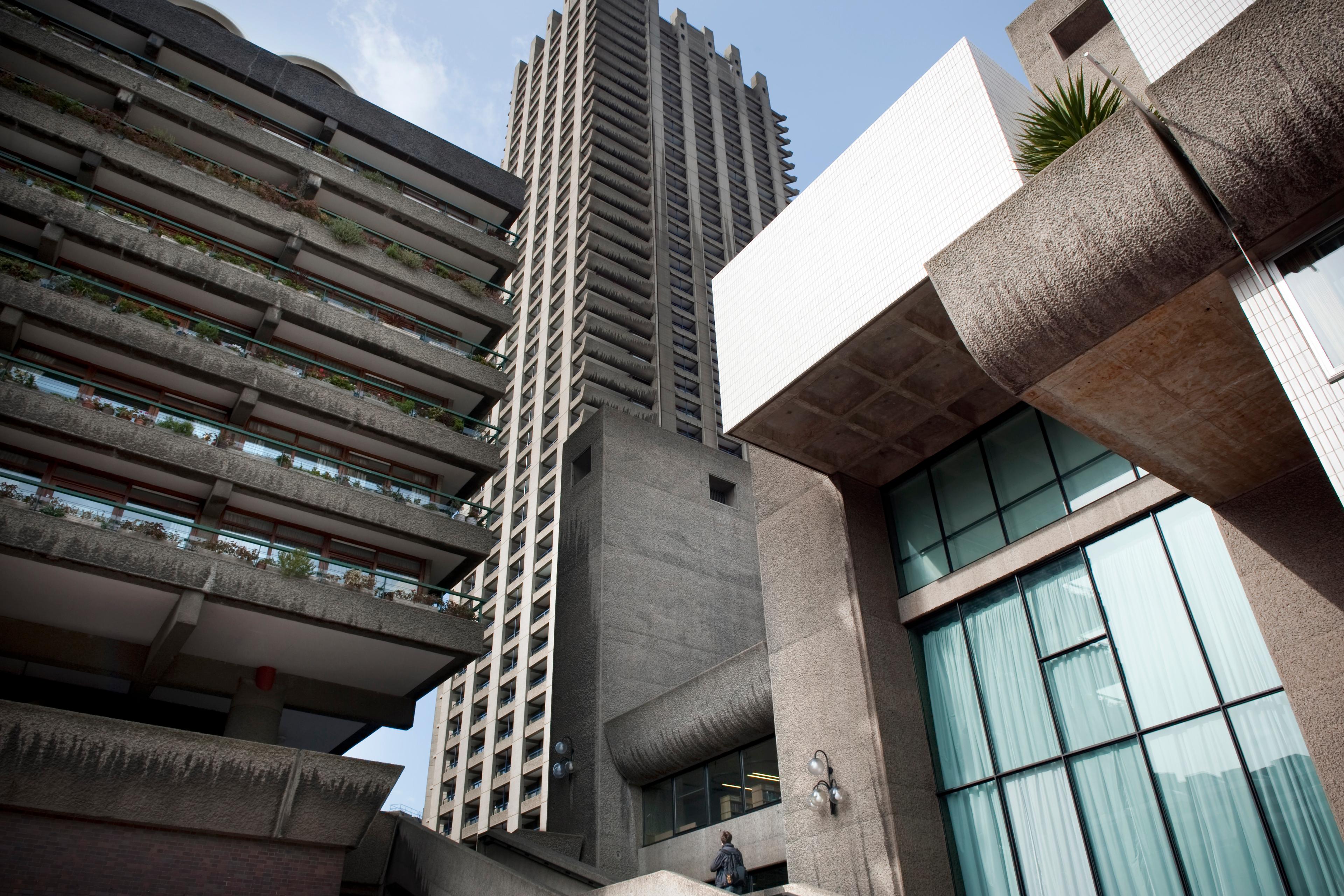What do you think of when you hear the word ‘graffiti’? Something vandalistic, illegal, illegible? Something dirty or threatening? Something that lowers property prices and instils fear? If this is what comes to mind, you’ll undoubtedly (and sadly, for me) be in the vast majority, the term today being used as a shorthand for urban decay and danger. Now what, likewise, do you think of when you hear the word ‘monument’? Something heroic, classical, important? Something large and permanent? Something placed in the esteemed districts of the city and venerated by the worthy? If this is what comes to mind, once more you’d be in the majority, the term today almost immediately suggesting a public artefact upholding (often literally) the best our societies have to offer.
So what if I tell you that graffiti is a monument – in literal, not simply metaphorical, terms? How might this claim change our understanding of graffiti, and of monuments? In writing my new book, Monumental Graffiti (2024), I unpacked the implications of this idea, and in doing so attempted to rethink what an appropriate monument for our contemporary world could be.
Taking the word ‘monument’ back to its etymological foundations (from the Latin expression monere), it originally signified a material form of reminder, advice or warning, describing not a specific style or material but rather an artefact with a purposefully public and communicative intent. If we look at non-Western parallels to institutional monuments – from funerary objects such as Malangan figures to exchange objects such as Kula shells – we find artefacts acting as objects of counsel, of tribute, or of remembrance, even as they work through structures that are radically different to what Westerners would commonly recognise. A monument can, in this way, be better understood as a public object attempting to arrest our attention (in an effort to remind, advise or warn us), irrespective of its specific style, size or shape.
Although modern graffiti has developed from its roots in 1970s New York into a truly global practice, it remains a radically misunderstood cultural act, its practitioners portrayed as inspired originators and antisocial criminals alike. The practice is perpetually hurled between the positions of art and vandalism (and back again). Having studied graffiti ethnographically for 20 years, however, I believe that positioning it as a monument can help us reassess what it does as both image and practice.
I will try to exemplify this movement toward monument by focusing on three of graffiti’s medium-specific fundamentals. In doing this, I hope to illustrate how it serves the functions that other monuments do, while also standing apart from them. Let’s then consider graffiti’s position, relation and location within its urban environment – and how these formal elements come to remind, advise or warn us.
Any monument takes up a specific position – by which I mean the way an object is physically situated in its surroundings, in particular its status as attached to or detached from its site. Take, for example, the image below, depicting the door of a London telephone box, in the centre of which appears a tag by the British graffiti writer 10foot.
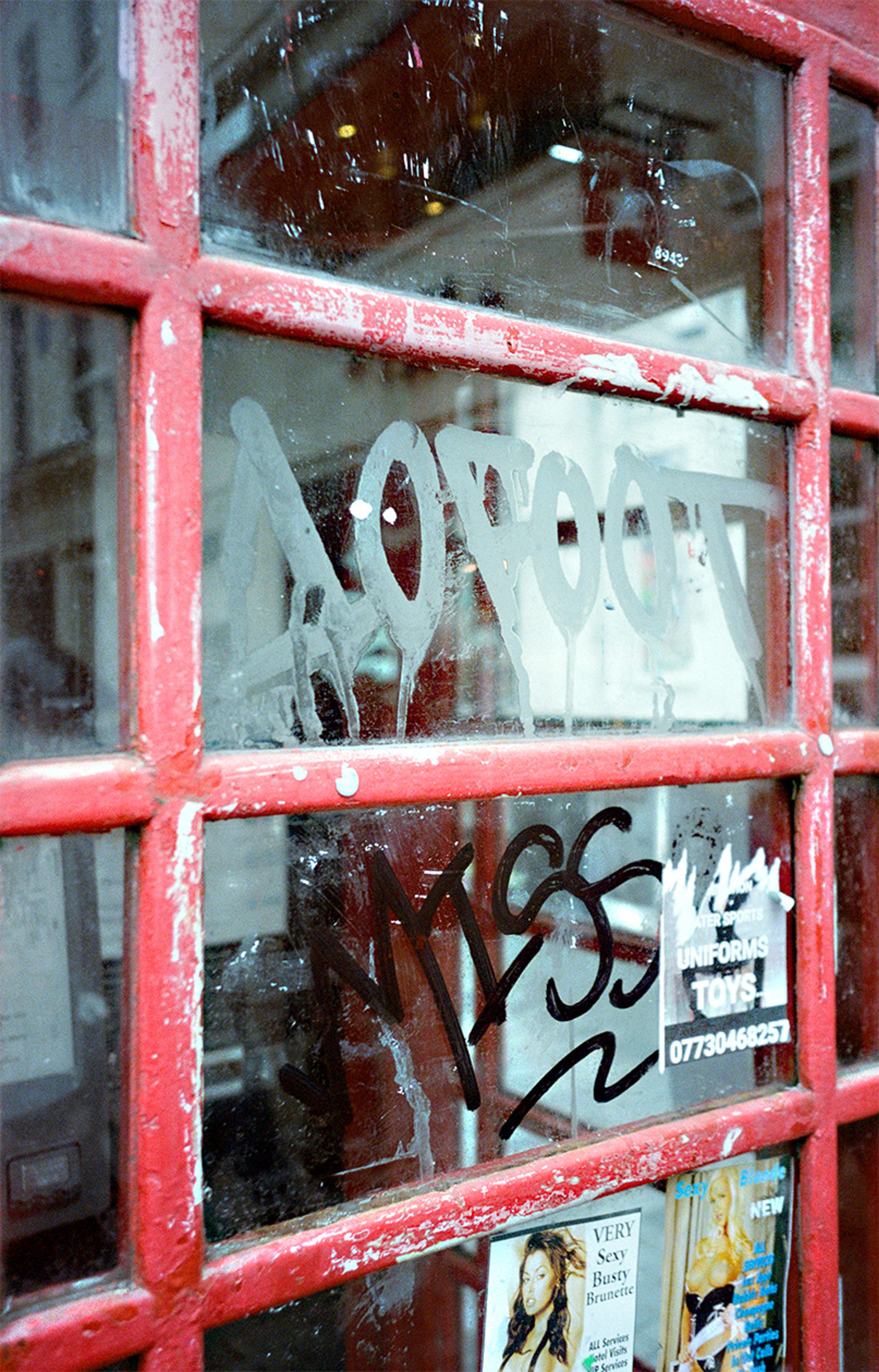
Untitled (2022) by 10foot, London. Photo Rafael Schacter
The off-white hue of the name indicates that the image has been produced not with ink but with etching cream, a form of hydrofluoric acid that dissolves the top layer of the surface it exists upon. The tag here is thus not only on the glass (etched upon its surface) but in the glass (the fluorine atoms embedding themselves within its structure). And just like a painted tag seeps within the porosity of its wall rather than sitting above it, the graffitied image becomes both adjunct to the medium where it appears and fused to that medium itself.
The institutional monument can be moved to the site of a museum without any change to its core meaning
Unlike the classical monument that works through a position of autonomy – the victory column or the equestrian statue being always primary and unattached, being always in a position of separation and exclusivity – graffiti functions through a position of adjunctivity, as a supplement to its architectural surroundings. It is written into the city, embedded within the living body that is the street.
With its fundamental adjunctivity, the graffiti monument can in many ways be seen to function like a traditional fresco, which cannot be detached from its site without destroying form and structure alike. It is unlike the institutional monument, which can be moved to the site of a museum without any change to its core meaning. And as, too, with a patterned mosaic, what you see here is both an image that is structure and a structure that is image. The fresco, the mosaic and the graffito thus muddy the border between structure and addition.
Rejecting the autonomy of the traditional monument, the graffiti monument cannot be separated from its site, either in physical or conceptual terms. It’s part of the city in an integral sense. It is a reminder of both its producers and their commitment to their practice, which are similarly inseparable from the city.
Graffiti also has a distinctive relation to its physical environment – relation here meaning the way it integrates itself within a space, or doesn’t. Take a look at the image below, centred on a ‘throw-up’ by the writer Depo, produced using a simple white fill-in and thick black outline.
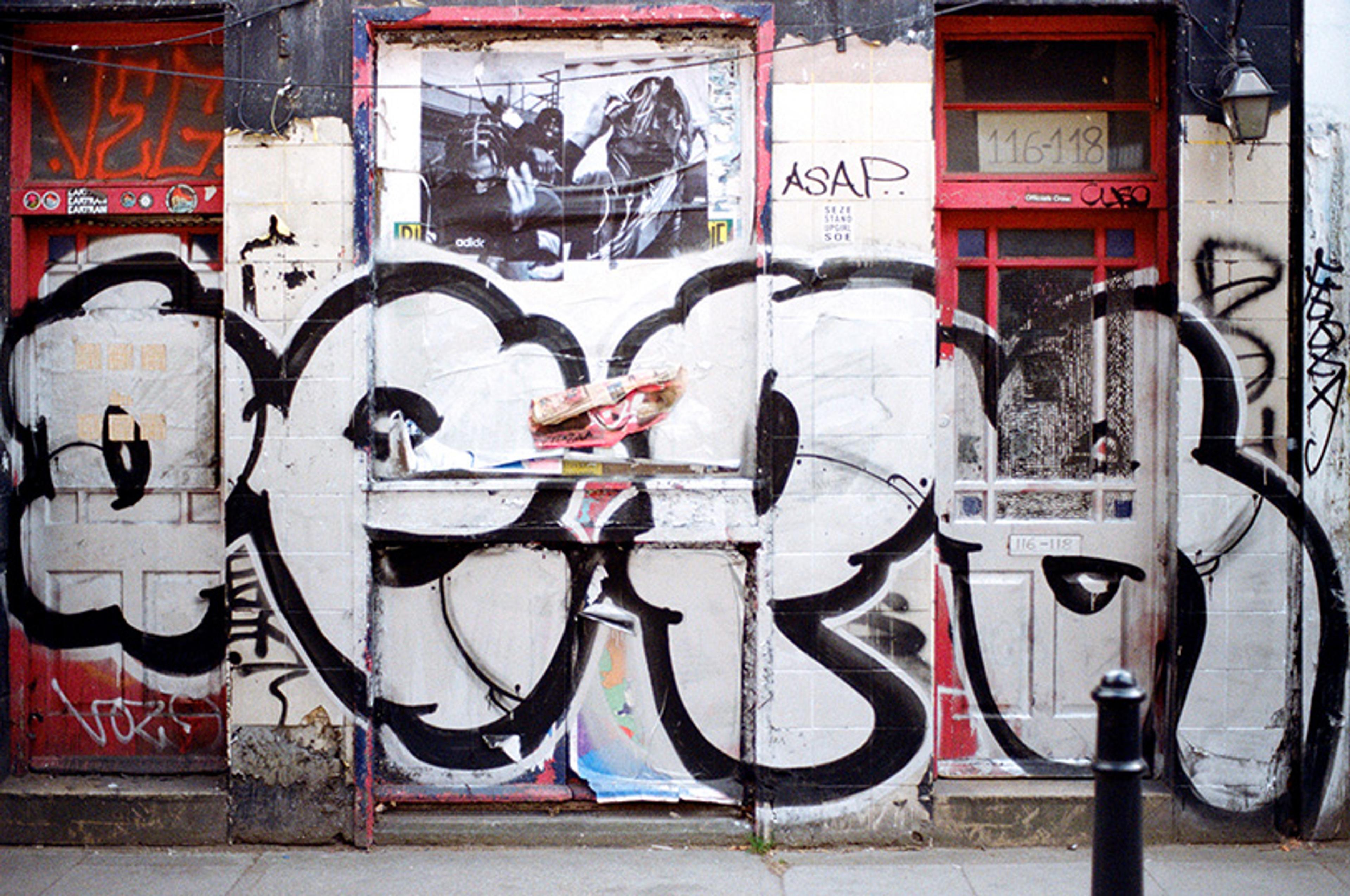
Untitled (2021) by Depo, London. Photo Rafael Schacter
Painted continuously over what I count as 12 different surfaces, the work refuses to conform or adapt to its context. It travels through, over, across these surfaces. It works not to respect or accentuate the façade’s geometry but to interrupt its contours and configuration. As such, while we now know that graffiti acts adjunctively upon an already present medium, here we can see the way it contravenes its architectural vehicle too. Rather than integrate (or ingratiate) itself within the material environment, graffiti bulldozes straight through it.
The goal was an art that destabilised the basic principles and rationales of space
The institutional monument – be it a Romanesque equestrian statue or a memorial formed from Portland stone – works through a relation of assimilation, integrating itself within its environment through a material and stylistic classicism, and seeking to sustain both the architectural and social order in which it resides. In contrast, graffiti functions via a relation of interruption. Even if it edges across borders by just an inch, even if it interrupts the instrumental purpose of the space (eg, doorway, window) rather than the structural design, graffiti overtakes the fixity of the architectural environment.
The interruptive quality of the graffiti monument aligns with many of the traditions of site-specific art that emerged in the mid-1970s. As seen in the self-described ‘non-umental’ practice of Gordon Matta-Clark, for example, the goal was an art that destabilised the basic principles and rationales of space – an art that, like the nascent graffiti images Matta-Clark revered or the ‘building cut’ works he enacted, highlighted a site by refusing its canonical use and form. Here, as with graffiti, it was deconstruction, not simple destruction, that was the artistic aim.
Rejecting the assimilative nature of the traditional monument – its material and conceptual upholding of the status quo – graffiti ruptures its frame and inserts a new logic into urban space. In this way, it acts as a monument to a different way of understanding the city (conceptually and materially), a reminder of a dissensual relation to public space.
A final key feature is a monument’s location, relative to the core and the periphery of an environment. To see why this matters, consider the photo below, taken by a railway trackside in Hackney Central, London.
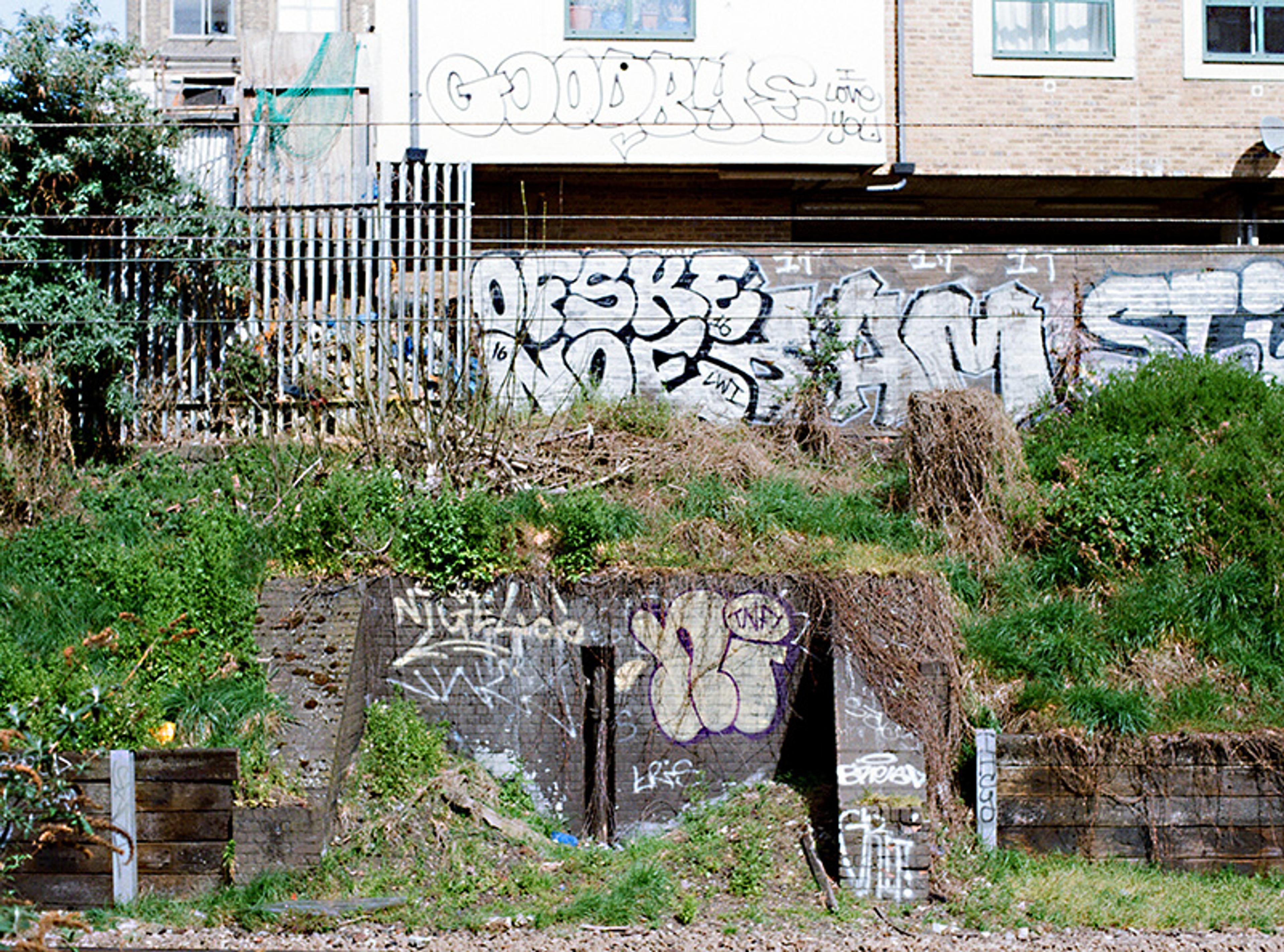
Untitled (Hackney Trackside) (2021), London. Photo Rafael Schacter
Here we have a set of graffiti images that are not only adjunctive and interruptive but also exist at the margins: the walls, barriers and façades of an urban edgeland. They highlight the liminal surfaces between public and private, and the frontiers beyond the city’s control. In contrast to the dominant centrality of the classical monument, which is traditionally placed in the heart of the city or in its most prestigious and valued sites, graffiti functions through a location of marginality. It takes place on the threshold, at the spaces in between, at the literal and metaphoric edge of our (sub)urban worlds.
The marginal monument positions our urban edges as places of imagination, not of void
The essential marginality of the graffiti monument can be seen within other art practices too. For example, Jenny Holzer’s legendary Truisms series (1977-79), a public poster project, questioned the border between public and private and destabilised the notions of public space and public speech. The photographer Catherine Opie’s Freeways series (1994-95) explored not only the monumental quality of these in-between territories but also their disregarded beauty. We could likewise think of the suburban origins of subcultural music genres (think grime in the United Kingdom or hardcore punk in Los Angeles) and subcultural fashion styles (think the British mods or Congolese sapeurs), practices emerging from peripheral locations traditionally placed in negative opposition to our urban centres.
Rejecting the centrality of the traditional monument – its reinforcement of the geographic hierarchies of the city – the marginal monument signifies much more than lack. It positions our urban edges as places of imagination, not of void, and as sites in which a minor, outsider status is valued in itself. It acts as a monument to and of the margins, a reminder of the power and value that can be harnessed at the edge.
These fundamental qualities of graffiti show how it perfectly mirrors the spatial mode of the institutional monument. The graffiti monument is attached, not autonomous. It interrupts, rather than assimilates. It appears at the margins, not at the centre. Yet none of these qualities – nor graffiti’s stylistic or temporal qualities (such as the fact that it is supposed to degrade rather than be conserved) – diminish its status as a literal monument, even if of a style we would not normally associate with the term. A work of graffiti may be a minor monument, yet it is a monument nonetheless, one with the ability to dominate and disrupt the architectural environment in which it appears. A work of graffiti may be positioned at the lowest point in the hegemonic hierarchy of value, yet it still has the power to radically disturb the traditional conceptions of art and of normativity in the urban realm.
Graffiti reminds us of a subcultural world so often pushed out of city life; of an agonistic rather than consensual relation to the public space; of the vitality of the margins, not just the centre. It warns of the increasing threats to public life and public communication. It advises us of the right to appear, to claim presence, to participate in the city.
